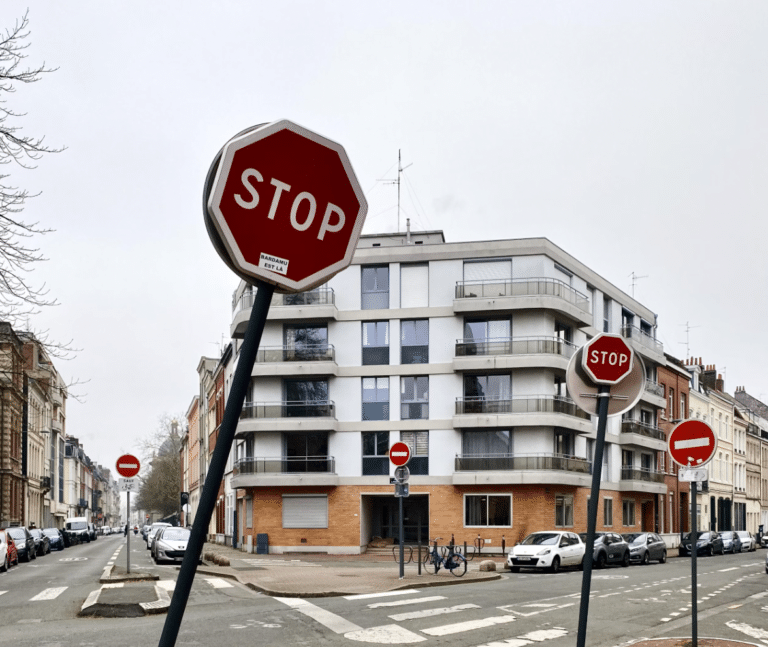If you’re reviewing your monthly processing statement and stumble upon a Visa Never Approve Fee, you might be wondering what this means.
While the charges might be minimal, it’s important to get this under control because Visa will continue fining you for these transactions.
What is the Visa Issuer Never Approve Fee?
Visa’s Issuer Never Approve fee applies to card authorization attempts on declined transactions in which the card is blocked, or the transaction type isn’t supported. There is no circumstance where the issuer will grant approval for this transaction.
This happens when a merchant re-attempts to authorize a transaction that previously had a Category 1 decline code. Visa charges a penalty for each authorization reattempt following a Category 1 decline:
- Domestic Transaction — $0.10 per authorization reattempt
- International Transaction — $0.15 per authorization reattempt
Issuer Never Approve Fees are pass-through fees coming directly from the card network, through the processor, and ultimately paid by the merchant.
The exact line item or phrasing on your statement may vary, but we most commonly see this fee listed as:
- VISA NEVER APPROVE
- VISA NEVER APPROVE DOMESTIC
- VISA NEVER APPROVE INTERNATIONAL
- VISA ISSUER NEVER APPROVE
- VI NEVER APPROVE REATTEMPT FEE
- VI ISSUER NEVER APPROVE REATTEMPT
- VS ISSUER WILL NEVER APPROVE CROSS-BORDER FEE
Some processors may group all of your Visa fees together in a single line item.
Why Visa Will Never Approve These Authorization Attempts
As a merchant, you must understand the root cause of this fee because you’re essentially paying a non-compliance penalty to Visa each time you’re charged.
Any time a transaction gets declined, there’s always a corresponding decline code response on the POS system or gateway. All Category 1 decline codes will never be approved by the issuer, typically for one of the following reasons:
- The account has been closed
- There’s a stop payment on the account
- The account doesn’t exist
- Authorization has been revoked
- Card has been reported lost or stolen
The reason itself isn’t actually that important. But what’s crucial is that you follow the instructions provided by the card network whenever you get a decline code.
Again, for all Category 1 reasons, the issuer (Visa) is literally saying, “We are never going to authorize this transaction. Do not attempt to run the charge again, or you’ll get penalized.”
So if this fee is on your statement, it means you’re not following the decline code instructions.
Visa Never Approve Fee vs. Excessive Reattempts Fee
Although they sound similar and billed at the same rate, the VS ISSUER NEVER APPROVE fee is actually different from EXCESS REATTEMPT fees.
Excessive reattempt fees come from Category 2 decline codes. In these situations, the authorization is temporarily declined but could be approved at a later time.
Visa allows merchants to re-attempt Category 2 declines up to 15 times within a 30-day period. But if you attempt to obtain authorization more than 15 times, it’s considered an “excessive reattempt” and you’ll be charged a $0.10 penalty per attempt or $0.15 for international transactions.
Understanding the Reason Behind Visa Never Approve Fees
To understand where the Issuer Never Approve Fees come from, we need to step back and look at the payments ecosystem as a whole. Credit card fraud has been rising rapidly over the years and has become a global problem—particularly with online shopping.
Card networks have been both proactively and reactively trying to keep up and implement new initiatives to reduce fraud.
In April 2021, Visa decided to classify a group of transactions together as “Category 1” with an “Issuer Will Never Approve” response.
All of the Category 1 response codes could be an indication of fraudulent activity. The card is either blocked or never existed, so Visa will never grant authorization approval—period.
For example, could be due to a fraudster using a fake card number or a consumer reported their card stolen but then found it and attempted to use it. In either scenario, Visa won’t approve the transaction, ever.
Visa started charging non-compliance fees for Category 1 re-attempts in April 2022. So this is still a relatively new fee.
Final Thoughts
$0.10 isn’t going to break the bank. But if you see this fee on your statement, especially at a high frequency, it could be a sign of a bigger problem with the way you process payments.
Everyone makes mistakes, but you don’t want to be re-attempting transactions that the issuer has clearly told you that they’ll never approve. So if you’re not following this decline code reason, there’s a good chance you’re not following the instructions for others either—and you might be getting hit with additional penalties or higher processing rates.
What can you do to fix this?
First, never attempt to manually unblock a Category 1 decline. It won’t be approved, and you’ll always get a penalty.
You should also make sure that you and your staff are fully trained to actually look at the decline codes when they occur, and then follow the instructions coming from the issuer.
Then check your statement for other fees and charges that just don’t seem right. If you need help auditing your statements and determining whether those fees are legit, just reach out to our team here at MCC for assistance.
